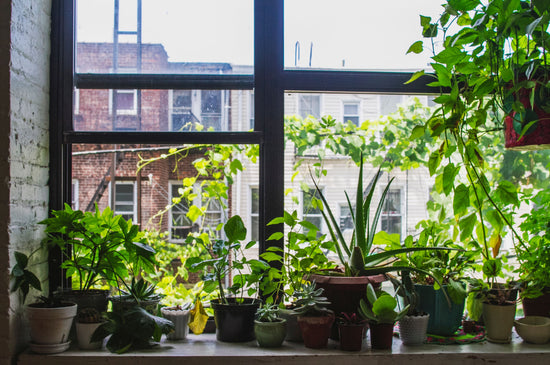Can Clematis Be Transplanted in the Fall?
Clematis vines, with their stunning clematis flowers and climbing habits, are robust plants that can handle being transplanted with proper care. Fall is an excellent time to transplant clematis plants, as the cooler temperatures and moist soil conditions help the plant establish a healthy root system before winter. Whether you're moving your clematis vine to a sunnier spot, better soil, or simply reorganizing your garden, fall transplanting can set your clematis flower plants up for success in the next growing season.

Why Transplant Clematis in the Fall?
- Cooler Temperatures Reduce Stress: During fall, clematis plants enter dormancy, reducing the stress associated with transplanting. The cooler weather helps the plant recover more easily.
- Moisture Availability: Fall rains help maintain consistent soil moisture, which is vital for root development.
- Root Establishment Before Winter: By transplanting in the fall, clematis vines have several months to establish their roots before the active growing season in spring.

Step-by-Step Guide to Fall Transplanting
-
Choose the Right Time
- Begin transplanting in early to mid-fall, ideally 6–8 weeks before the first hard frost. This gives the clematis vine plant enough time to adjust to its new location.
-
Prepare the New Planting Site
- Choose a sunny location with well-draining soil.
- Dig a hole twice as wide as the root ball and amend the soil with compost or organic matter to provide nutrients.
-
Dig Up the Clematis Plant
- Use a spade to carefully dig around the clematis vine, preserving as much of the root ball as possible. Clematis roots are delicate, so avoid breaking or damaging them.
-
Replant at the Same Depth
- Position the clematis plant in the new hole at the same depth it was growing before. The crown (where the stems meet the roots) should be buried 2–3 inches below the soil surface.
-
Water Thoroughly
- Water the clematis flower plant deeply after transplanting to help settle the soil and eliminate air pockets.
-
Add Mulch
- Apply a 2–3 inch layer of mulch around the base to insulate the roots and retain moisture.

Post-Transplant Care
After transplanting, water your clematis vine regularly to keep the soil moist but not waterlogged. Avoid fertilizing immediately after transplanting, as this can stress the plant. Instead, focus on providing consistent care to support root development.
Explore our Clematis Collection for hardy varieties that thrive when transplanted in the fall.
FAQ: Can Clematis Be Transplanted in the Fall?
Q: Can I prune my clematis when transplanting it in the fall?
A: Yes, light pruning can reduce stress and make the plant easier to handle during the move. Avoid heavy pruning unless necessary.
Q: How long does it take for a transplanted clematis to recover?
A: It may take one full growing season for the clematis plant to establish its roots and resume vigorous blooming.
Q: Should I fertilize my clematis after transplanting in the fall?
A: No, fertilize in early spring instead. Focus on watering and root establishment during the fall.
Q: Can I transplant clematis vines in late fall?
A: Transplanting too late in the fall may not allow the plant enough time to establish roots before frost. Aim for early to mid-fall.





